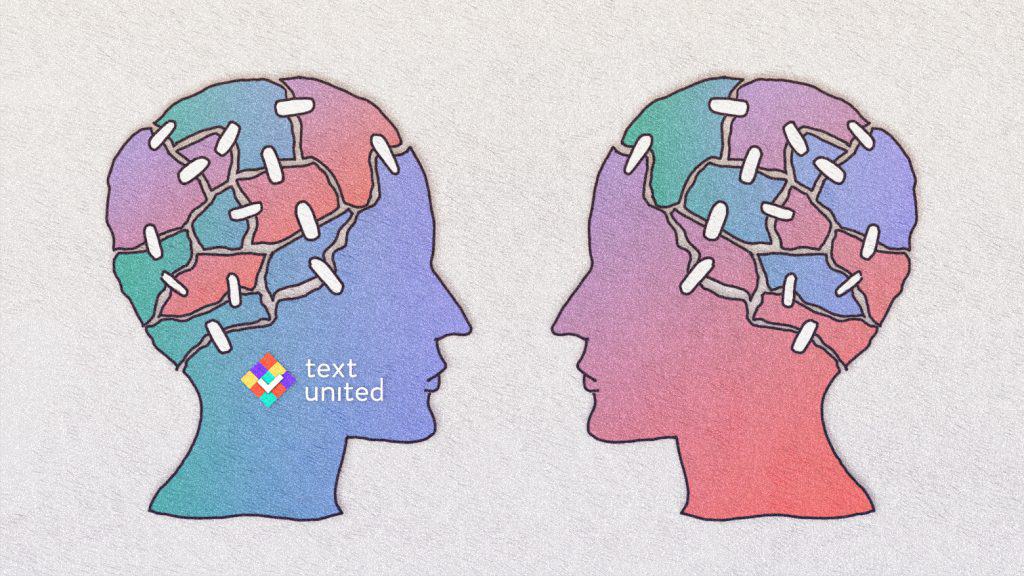
If you are reading this, chances are that you plan to go global with your business and you want to avoid the most common mistakes when doing so. Another option is that you have already gone global and it seems like it’s not doing the job you’ve expected it to. We assume that you’ve invested enough time and money to create fine pieces of highly branded content that sends your business message across and describes your products and/or services in the best way possible. Why? Because we believe that quality digital content that you’ve created with a potential for localization in mind is the best thing you can do for your soon-to-be-global business. And branded content localization is a close second!
Why Your Highly Branded Content Should Be Properly Localized
…and Why The Answer is Not What You Think
If you want to go global, you need to change your mindset: Going big is the only option here. Some people still believe that the content can be divided into two categories: The original content – be it English, Swahili or Welsh – and the translated content, regardless of the target language. Now, listen carefully: You can no longer consider your original content as primary and translated content versions as secondary, at least if you want to be successful.
Each language version of your content is a being on its own right, with its own nuances, intent, style, voice and tone. Or at least it should be in the ideal world. Why? Since you’ve created your business with your own message and content, you simply cannot afford a major flop on a new market. Here I’m not just talking here about grand-scale linguistic fails; even a lack of interest and failure of your content to arouse emotions within your new global customer base should be a red flag. Your content should be of the highest quality anywhere you share it. We know that branded content localization isn’t easy, but it always pays off.
How Can You Do It?
Every type of content has its best approach to translation that you can adapt according to your needs. I bet you won’t be surprised that highly branded content localization requires proper marketing localization and transcreation rather than machine translation followed by post-editing. How can you use this to your benefit?
Transcreation means translating and recreating the original text in a new language while making sure it is still appropriate in the context for which it is intended. In short, a person producing transcreation must understand the desired outcome thoroughly, and be given the freedom not only to translate the original but also to make significant changes to it in the process. In that sense, the copy of the localized version changes.
Recreating, in this case, means reinventing, creating again or making something new while retaining the spirit of the original version, too. It applies to highly branded content which cannot simply be translated by a professional translator because a word-by-word translation would be insufficient. This involves all content related to marketing materials such as taglines, slogans and product names. The source content, in this case, is used more as a reference than as a content template.
The description of marketing localization may sound very similar to transcreation at first. What really distinguishes the two of them is the fact that marketing localization relies heavily on an adaptation of the content, not its re-creation. The linguist performing marketing localization maintains the style, tone and context of your content in order to increase its relevance to the target market.
A linguist performing marketing localization needs to watch out for idioms, humor and cultural differences in the text, as well as localizing content from images to adjust nuances to target markets. Marketing localization is perfect for website content. When you think about it, it is your most representative marketing material!
Use Your Resources Wisely
While choosing the approach that best fits your branded content localization process, try to organize your project in a way that will also benefit you in the future. If you are acquainted with content translation, you probably know that translation memory and terminology are extremely useful in a translation project.
At Text United, we have introduced a Preview Details For Terminology Proposals feature, where you can preview the information about a specific term to put it in the context, and a few other tools to make that branded content localization even easier – check it out here.
Always remember that if you don’t have a prepared Translation Memory and Terminology repository for your transcreation project, you won’t be able to make use of old company translations but rather use them as reference material in it. That should motivate you to start building your content goldmine now.
You’ll reap the rewards sooner than you think!
